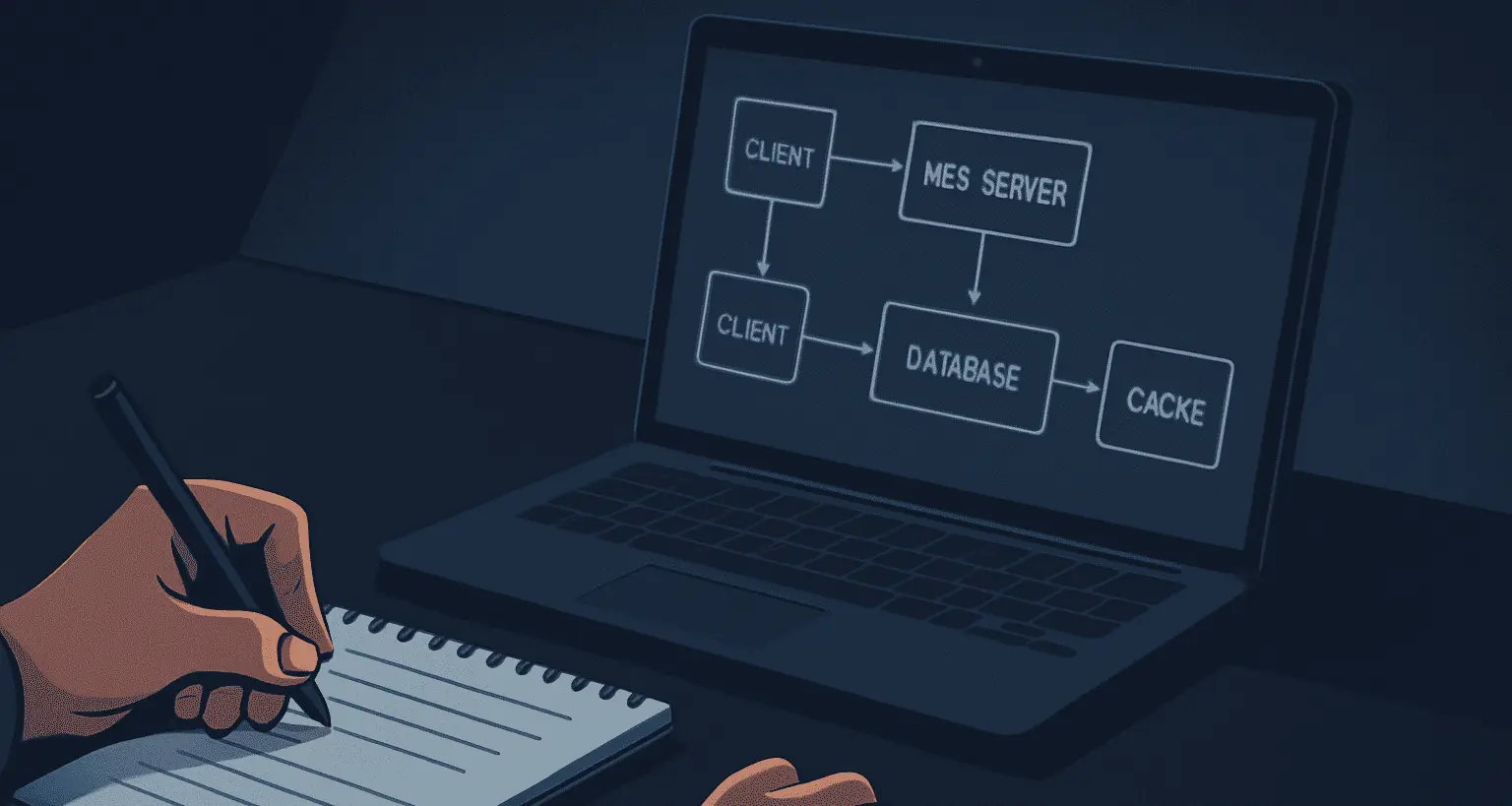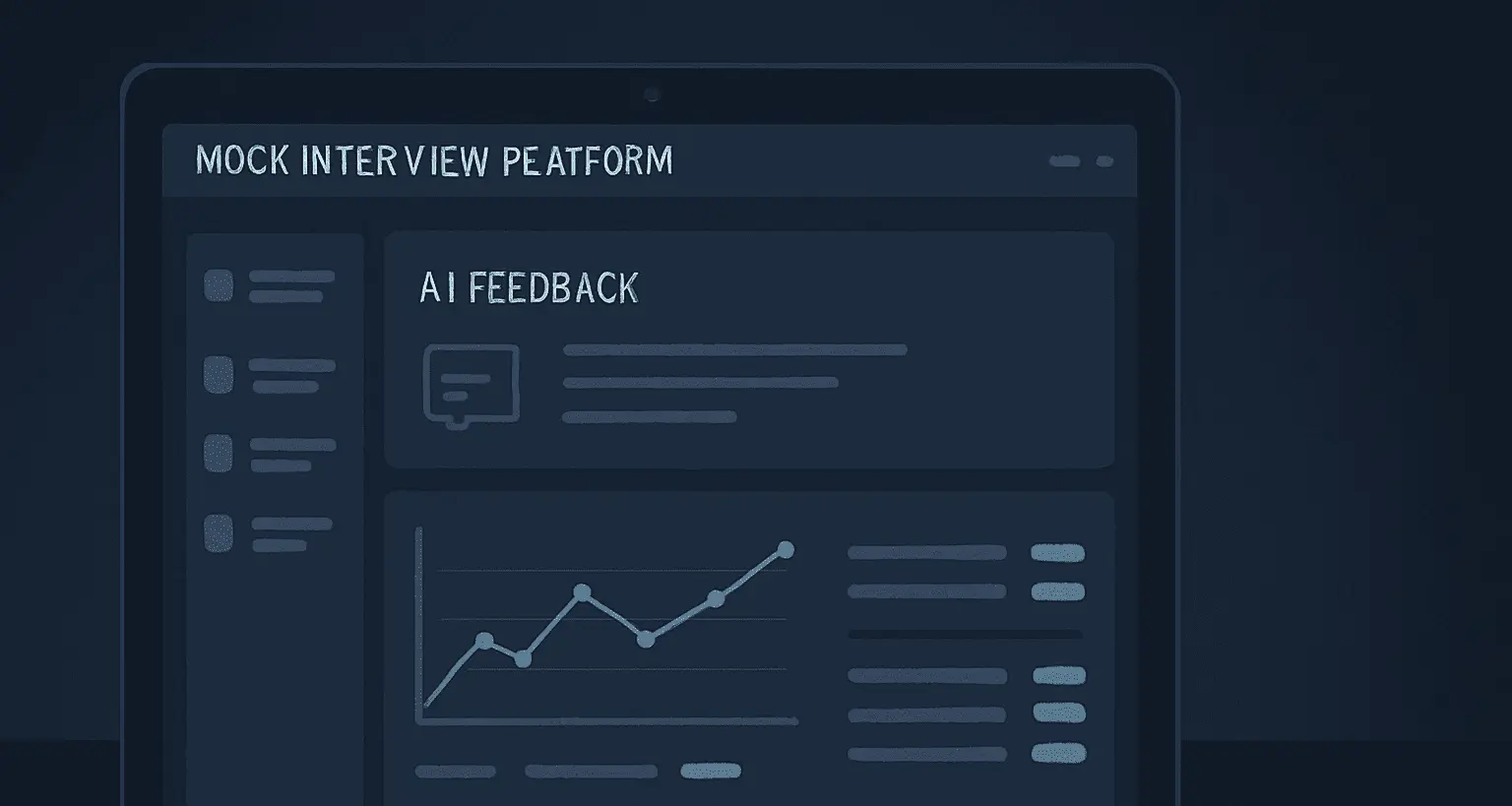Interview Questions: Real Examples and Smart Answers

The best way to beat nerves is to face real interview questions before you ever step into the room. Instead of memorizing bland scripts, use the examples below to sharpen your instincts, punch up your stories, and keep your personality intact. Every question includes a quick cue so you know why it gets asked and how to make your answer land with the hiring manager sitting across from you.
Over the last decade, I’ve sat on both sides of the table—reviewing résumés, grilling candidates, and coaching professionals who want the offer. The candidates who stand out treat tough prompts like batting practice: they track patterns, rehearse out loud, and tweak their swing until the answers feel easy. This guide gives you the same runway.
What Hiring Managers Want to Hear
Interviews feel unpredictable, but the logic behind great hiring prompts is simple. Recruiters are trying to confirm four things: you can do the job, you’ll grow with the team, you’re motivated for the right reasons, and you’re a safe bet. Keep those goals in mind while you practice.
- Proof of performance: Share numbers, outcomes, and moments when you owned the result.
- Judgment under pressure: Walk through how you think when the path isn’t obvious.
- Energy and ownership: Let your enthusiasm surface; it signals grit and stamina.
- Fit with the crew: Mirror the company’s language and values without losing your voice.
Now let’s jump into the question sets most likely to test those traits—complete with cues, answer angles, and sample language that doesn’t read like it came out of a robot.
Foundational Interview Prompts to Master
These warm-ups set the tone. Practice them until your answers feel conversational, not rehearsed.
-
“Tell me about yourself.”
Angle: Give a 90-second highlight reel that connects a past win to what they need next. -
“Why are you interested in this role?”
Angle: Tie the company’s mission to a personal story or skill that you’re eager to use more. -
“Walk me through your résumé.”
Angle: Focus on decisions, not dates. Explain why each move set you up for today. -
“What makes you different from other candidates?”
Angle: Describe your signature move—maybe you’re the closer, the fixer, or the builder. -
“How do you handle setbacks?”
Angle: Pick a punchy example, outline the lesson, and show the change you made afterward. -
“What are you looking for in your next team?”
Angle: Reflect their culture back to them while staying honest about what keeps you engaged. -
“How do you prioritize when everything feels urgent?”
Angle: Share the triage system you actually use: impact, risk, and communication. -
“What are you most proud of professionally?”
Angle: Pick a win that matches the role—launch, turnaround, growth, cost savings.
Signature Behavioral Prompts with Answer Sparks
Behavioral questions dig into real events. Use STAR (Situation, Task, Action, Result) but keep it punchy: 30 seconds of setup, 60 seconds of action, 30 seconds of the win.
-
“Tell me about a time you rescued a failing project.”
Spark: “Three weeks before launch we were 40% behind. I rebuilt the timeline, reassigned tasks based on strengths, and we shipped on time with a 28% adoption bump.” -
“Describe a conflict with a coworker and how you resolved it.”
Spark: “We disagreed on campaign messaging. I proposed a quick A/B test, let data decide, and we doubled click-through without bruised egos.” -
“Give an example of when you led without authority.”
Spark: “I was the analyst, not the manager, but I organized weekly standups, cleared blockers, and our team hit 110% of quota.” -
“Share a mistake you made and how you fixed it.”
Spark: “I greenlit a feature without QA sign-off. I owned it, created a rollback playbook, and instituted a go/no-go checklist the team still uses.” -
“Talk about a time you had to influence senior leadership.”
Spark: “Our data stack was crumbling. I modeled downtime costs, pitched a phased migration, and the CTO approved budget within the week.” -
“How have you developed someone on your team?”
Spark: “I paired a new hire with stretch assignments, weekly coaching, and within six months she owned client demos solo.” -
“Tell me about a decision you made that wasn’t popular.”
Spark: “I cut an underperforming vendor. It was messy for 48 hours, but the switch saved us $85K annually and improved NPS by nine points.” -
“Describe a time you navigated ambiguity.”
Spark: “Product requirements were fuzzy, so I hosted a two-hour design sprint. We left with a roadmap that cleared launch by four weeks.” -
“When did you deliver results with a lean budget?”
Spark: “Marketing dollars were slashed 30%. I doubled down on partnerships, generated 1,200 leads organically, and we still hit revenue goals.” -
“Share a time you turned feedback into action.”
Spark: “My exec said my updates were too tactical. I built a dashboard around milestones, and she now uses it at monthly reviews.”
Situational Scenarios with Play-by-Play Guidance
Hypothetical prompts test your thinking. Use PACE: state the Problem, outline your Approach, share the Considerations, and close with Execution.
-
“A high-priority release is missing deadlines—what do you do?”
Play: “Freeze scope, map blockers, renegotiate with stakeholders, and publish a daily progress bulletin until we’re back on track.” -
“How do you respond if a client rejects your proposal in the room?”
Play: “Validate the concern, ask what success looks like for them, offer two revised options, and follow up within 24 hours.” -
“Your manager gives you conflicting instructions—now what?”
Play: “Clarify the goal, offer a ranked recommendation, and summarize agreed next steps in writing.” -
“You discover data integrity issues the night before a board meeting.”
Play: “Flag the risk, calculate the impact, prep a backup deck, and show the board how we’re preventing repeats.” -
“A teammate is underperforming—how do you handle it?”
Play: “Go private, get curious about the root cause, co-create a short-term game plan, and protect the team’s workload while they reset.” -
“Budgets get cut mid-quarter—what’s your move?”
Play: “Rank initiatives by revenue impact, pause vanity work, and communicate the new roadmap within 48 hours.” -
“A launch fails publicly—how do you respond?”
Play: “Own the issue, publish the fix timeline, and run a retro that ends with owners, deadlines, and safeguards.” -
“How would you onboard yourself to a brand-new domain?”
Play: “Shadow experts, map the ecosystem in two weeks, and present a 30-60-90 plan to confirm alignment.” -
“You inherit a remote team with low morale—what happens first?”
Play: “Set up listening sessions, deliver quick wins, clarify rituals, and set a tone of transparency from day one.” -
“Sales hands you a unicorn deal that breaks the roadmap—what do you tell them?”
Play: “Quantify effort, propose phased delivery, and loop leadership in before committing so we protect the product vision.”
Role-Specific Questions You Should Expect
Mix and match these role-specific prompts based on the roles you’re targeting. Swap the domain language for your industry.
Product & Tech
- “How do you validate a product idea before you build it?”
- “Walk me through prioritizing a roadmap with clashing stakeholders.”
- “Explain a refactor that improved performance.”
- “How do you measure success after launch?”
Marketing & Growth
- “Tell me about a campaign that crushed its target—what made it pop?”
- “How do you segment audiences when data is messy?”
- “Walk me through a funnel diagnostic you ran.”
- “How do you balance brand storytelling with conversion goals?”
Operations & People
- “What systems do you build first when scaling a team?”
- “Describe a time you slashed friction from a process.”
- “How do you handle a sensitive employee relations issue?”
- “Share how you measure the ROI of training programs.”
Finance & Strategy
- “How do you stress-test a forecast?”
- “Walk me through a deal model you’re proud of.”
- “Explain a time you challenged assumptions in the business plan.”
- “What metrics do you monitor weekly, and why?”
Lightning-Round Prompts for Panel Rounds
Speed rounds can trip you up if you’ve only practiced long answers. Keep these crisp—20 seconds or less.
- “What’s one skill you’re sharpening this quarter?”
- “Which recent book, podcast, or talk reshaped your thinking?”
- “How do you unplug after high-stress weeks?”
- “What’s your signature meeting opener?”
- “How do you like to receive feedback?”
Closing Questions You Should Ask Them
Interviews go both ways. Finish strong with questions that show you already think like an insider.
- “What momentum or obstacles is the team juggling right now?”
- “How do you celebrate wins and learn from misses?”
- “Where do you see the biggest opportunity for this role in the next six months?”
- “Which cross-functional partner will I work with most, and what makes that partnership shine?”
- “Is there anything else I can share to make your decision easier?”
Build a Story Vault for Hiring Conversations
Great answers come from a stocked story vault. Spend an afternoon documenting your best wins so you can remix them on demand.
- Sketch your headline roles: For each job, jot down standout projects, crises, and innovations.
- Capture the messy middle: Document obstacles, team dynamics, and surprises you overcame.
- Quantify the punchline: Revenue, retention, hours saved, customers delighted—numbers cement credibility.
- Highlight your call to action: End every story with what you learned or changed afterward.
- Tag each story: Mark whether it fits leadership, innovation, conflict, or customer-focused prompts.
Common Interview Question Mistakes (and Fixes)
Even star candidates stumble. Watch out for these traps and counter them with sharper moves.
- Overwriting the setup: Slice the backstory. The interviewer cares more about what you did than the drama leading up to it.
- Dodging the actual question: If they ask for one example, give one. Resist the urge to cover everything you’ve ever done.
- Letting nerves flatten your voice: Practice with a friend and ask them to flag when you sound flat or rushed.
- Using buzzwords without proof: Swap “I’m a strategic thinker” for “I built a market entry playbook that won $2M in new revenue.”
- Forgetting the follow-up: End strong by inviting the next question: “Happy to dig into metrics or team structure if that helps.”
Practice Plan for Responses That Stick
Repetition builds muscle memory. Use this practice loop to stay sharp without burning out.
- Daily reps (10 minutes): Answer two tough prompts aloud. Record voice notes so you can hear pacing.
- Weekly deep dive (45 minutes): Run a mock interview that mixes behavioral, situational, and quick hits.
- Feedback Friday: Swap questions with a friend or mentor and trade honest critiques.
- Story refresh: Update your metrics and achievements monthly so the numbers stay accurate.
- Mindset check: Visualize the room, breathe intentionally, and remind yourself you’re interviewing them too.
Sample Answers You Can Borrow and Remix
Use these samples as a springboard—not a script. Swap in your details so every answer sounds like you.
“Tell me about a time you reached an impossible target.”
“Our quarterly revenue target jumped 30% after a surprise acquisition. I mapped the top 50 accounts, built a win-back campaign with sales, and partnered with product to launch a limited feature bundle. We cleared the new target with five days to spare and created a reusable playbook for future integrations.”
“How do you handle it when you disagree with your manager?”
“I start by clarifying the objective. If I still see a risk, I propose an alternative with pros, cons, and data. When my director wanted to roll out pricing changes in one sweep, I suggested a two-market pilot. The data showed a 14% churn spike, so we pivoted before the national launch.”
“Why are we the right company for you?”
“Your push into climate analytics caught my eye. I’ve led sustainability reporting projects for two years, and the chance to build tools that help cities respond faster to extreme weather is exactly the kind of challenge that keeps me motivated.”
Final Stretch: Bring Your Preparation to Life
Interviews aren’t pop quizzes—they’re curated conversations. When you ground your prep in real interview scenarios, you show up relaxed, resourceful, and ready to trade stories with the people who might hire you. Carve out time this week to practice with a colleague or hop into a timed session on GetMockInterview.com, then tweak your answers until they sound like the best version of you.
Keep the story vault close, refresh your wins, and walk in knowing you’ve rehearsed the hard stuff. That’s how you convert interviews into offers.





